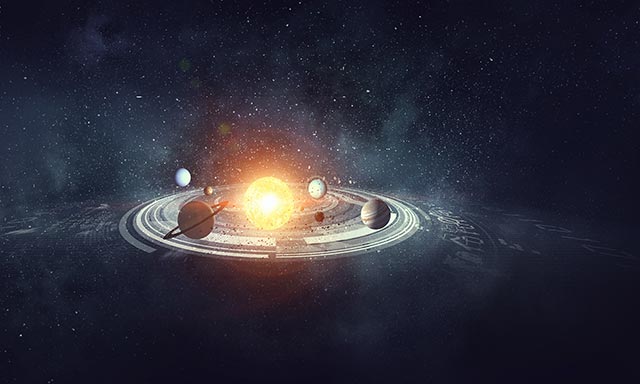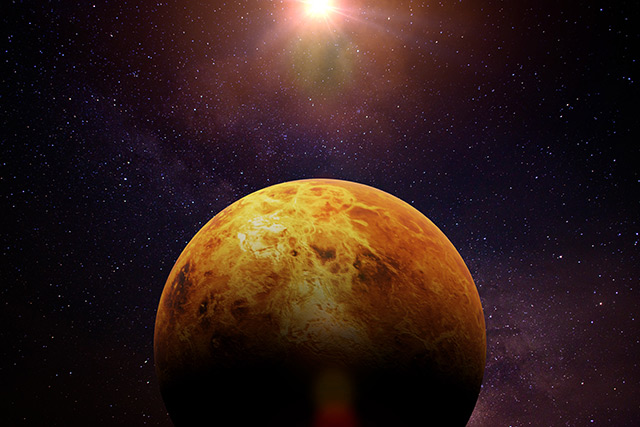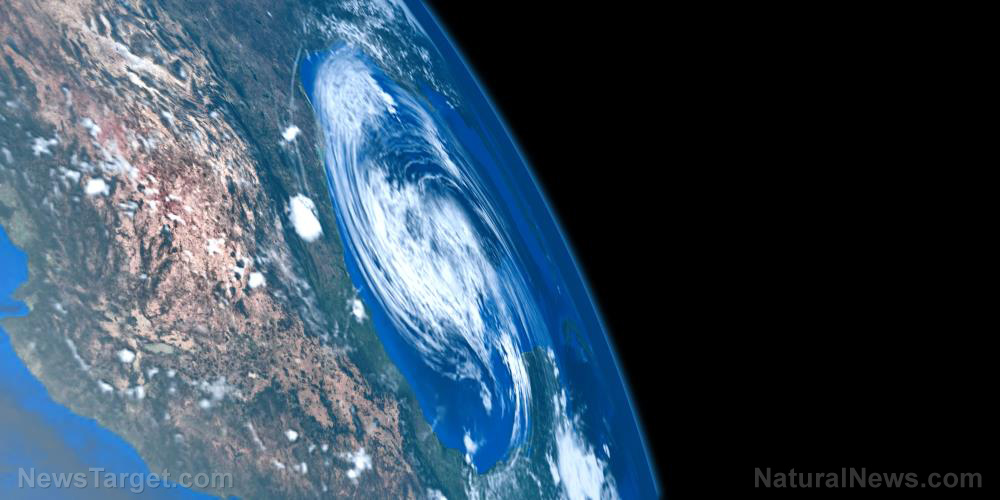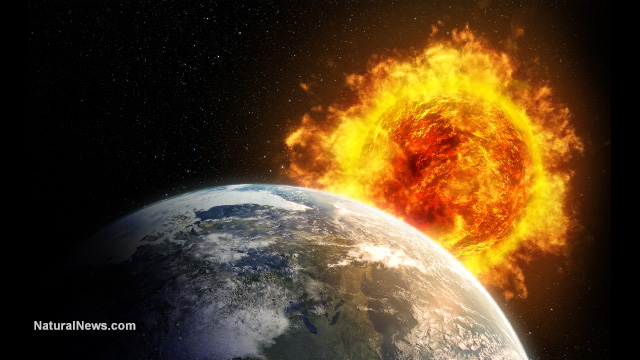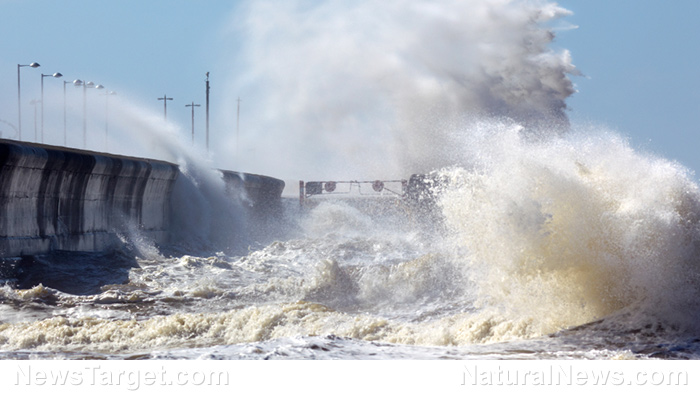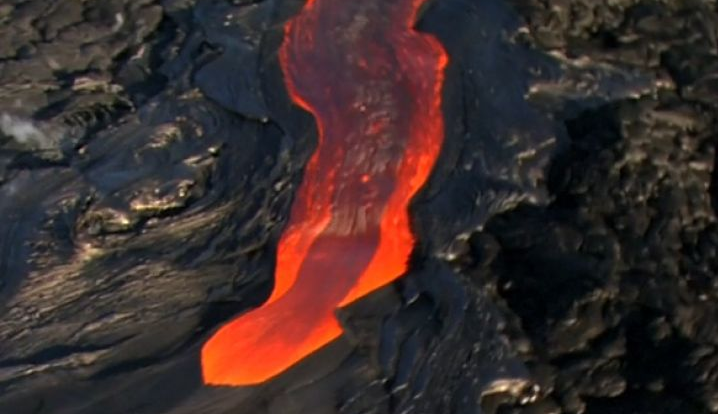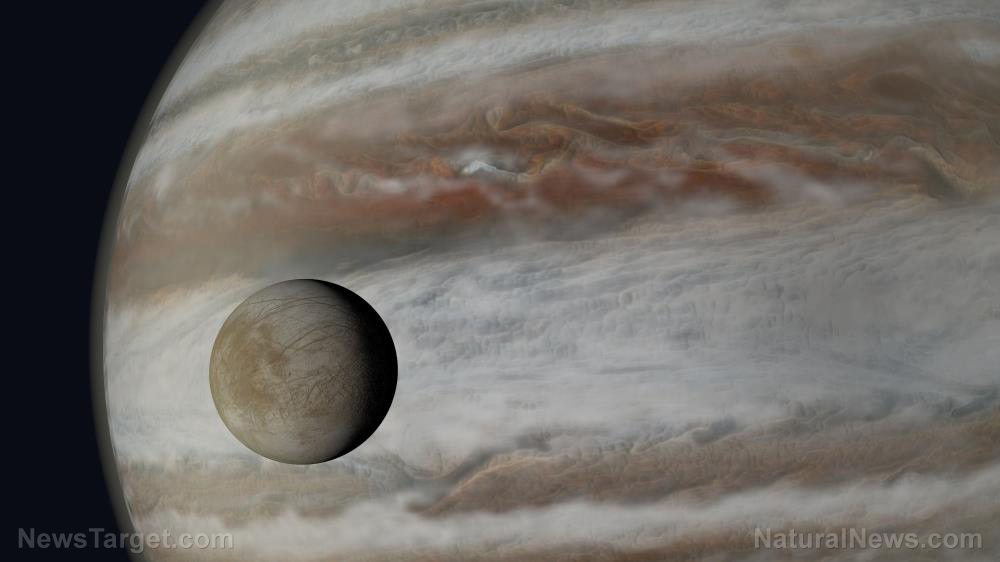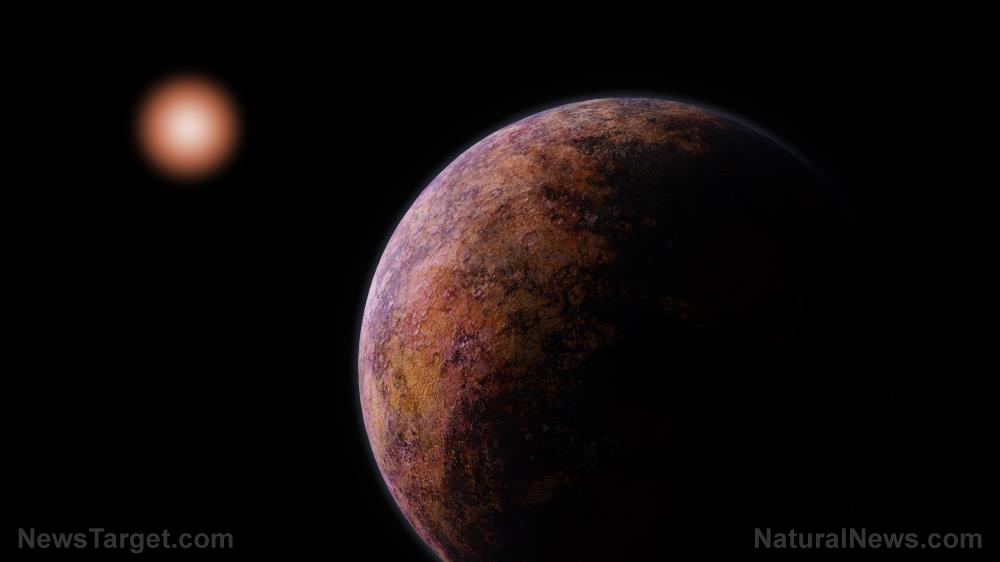Rare fireball illuminates the night sky in China
08/20/2020 / By Virgilio Marin

A rare fireball brightened the night sky in Shandong Province in northeastern China. It is said to be the brightest fireball to occur on Earth in years and is even more luminous than a full Moon.
According to the Chinese Meteor Monitoring Organization (CMMO), the fireball shone and exploded at about 11 p.m. on August 16. The explosion temporarily lit the sky for miles around and was also observed in the Jiangsu Province, south of Shandong. It generated a sound that was strong enough to shake nearby buildings in the city of Linyi.
“The meteor illuminated the whole earth and shook the landscape with a loud sound,” said Zhou Kun, a staff member at the CMMO.
Fireball in China brightest in years
A fireball is an unusually bright meteor with a visual magnitude of -3 and above when seen from the observer’s zenith. Fireballs that explode in the atmosphere are called bolides although the two terms are often used interchangeably.
A fireball occurs as a result of a meteor burning up. As a space object enters the atmosphere, it is slowed down and heated by atmospheric friction. It develops a bow shock — what is often seen as the bright curvature that radiates from the front end of a fireball — where gases are compressed and heated. A portion of the energy created during this process erodes the space object which, in some cases, causes it to disintegrate and explode.
“Due to the velocity at which they strike the Earth’s atmosphere, fragments larger than one milliliter have the capacity to produce a bright flash as they streak through the heavens above,” explained the International Meteor Organization in Belgium.
The CMMO runs an automated camera in Shandong Province that monitors meteors above the coast of the Yellow Sea. The fireball that they detected was said to have a visual magnitude of -20, making it 900 times brighter than a full moon.
A fireball of this magnitude occurs only once in every ten years. In contrast, a fireball as bright as the full moon occurs once every five months. Hence, while fireballs are not uncommon, the one seen in Shandong is rare. (Related: NASA’s space station live feed goes offline again; just after the sighting of a glowing object moving toward Earth.)
Fireballs and meteor showers in 2020
The fireball in China is one of the many notable fireballs in 2020.
In April, a meteor also burst into the atmosphere and caused a large fireball display over the English Channel. It was witnessed from several countries near the strait such as the U.K. and the Netherlands. An eyewitness from the U.K. described the sighting as “amazing” and added that the brilliant display of light produced colors of orange, red, yellow and brown.
Meanwhile, a person from the Netherlands reported, “I was inside at the moment and saw the ball moving along the curtain from top to bottom. Moved very fast from NW (northwest) towards N (north). Certainly not an airplane!”
Denver also witnessed a notable fireball at the end of July. Footage shows a bright meteor sparkling as it zoomed into the atmosphere. Authorities said that the meteor was no more than a few feet across and likely broke apart as it got closer to the surface. Space scientists said it wasn’t uncommon especially because Earth was around the peak of two meteor showers at the time: the Delta Aquariids and the Alpha Capricornids. In fact, a local observatory in Denver also spotted four fireballs in the last seven days prior to the present one.
Meanwhile, the Perseid meteor shower just peaked on August 11 and 12. It occurs every year from mid-July to late-August and can be seen anywhere in the sky. And though the meteor shower is past its peak, it will remain active until August 26, according to the American Meteor Society.
In several eyewitness reports, Perseid flashed brilliant colors of pink, green, orange and purple. They were also accompanied by the appearance of Jupiter and Saturn.
One time-lapse video condensed several shooting stars during one night.
For more fireballs and meteor showers in 2020, visit Space.news.
Sources include:
Tagged Under: bolide, China, comets, cool science, fireballs, meteor shower, meteors, Perseid meteor shower, shooting stars, Space, weird science
RECENT NEWS & ARTICLES
COPYRIGHT © 2017 SPACE.COM
All content posted on this site is protected under Free Speech. Space.com is not responsible for content written by contributing authors. The information on this site is provided for educational and entertainment purposes only. It is not intended as a substitute for professional advice of any kind. Space.com assumes no responsibility for the use or misuse of this material. All trademarks, registered trademarks and service marks mentioned on this site are the property of their respective owners.


